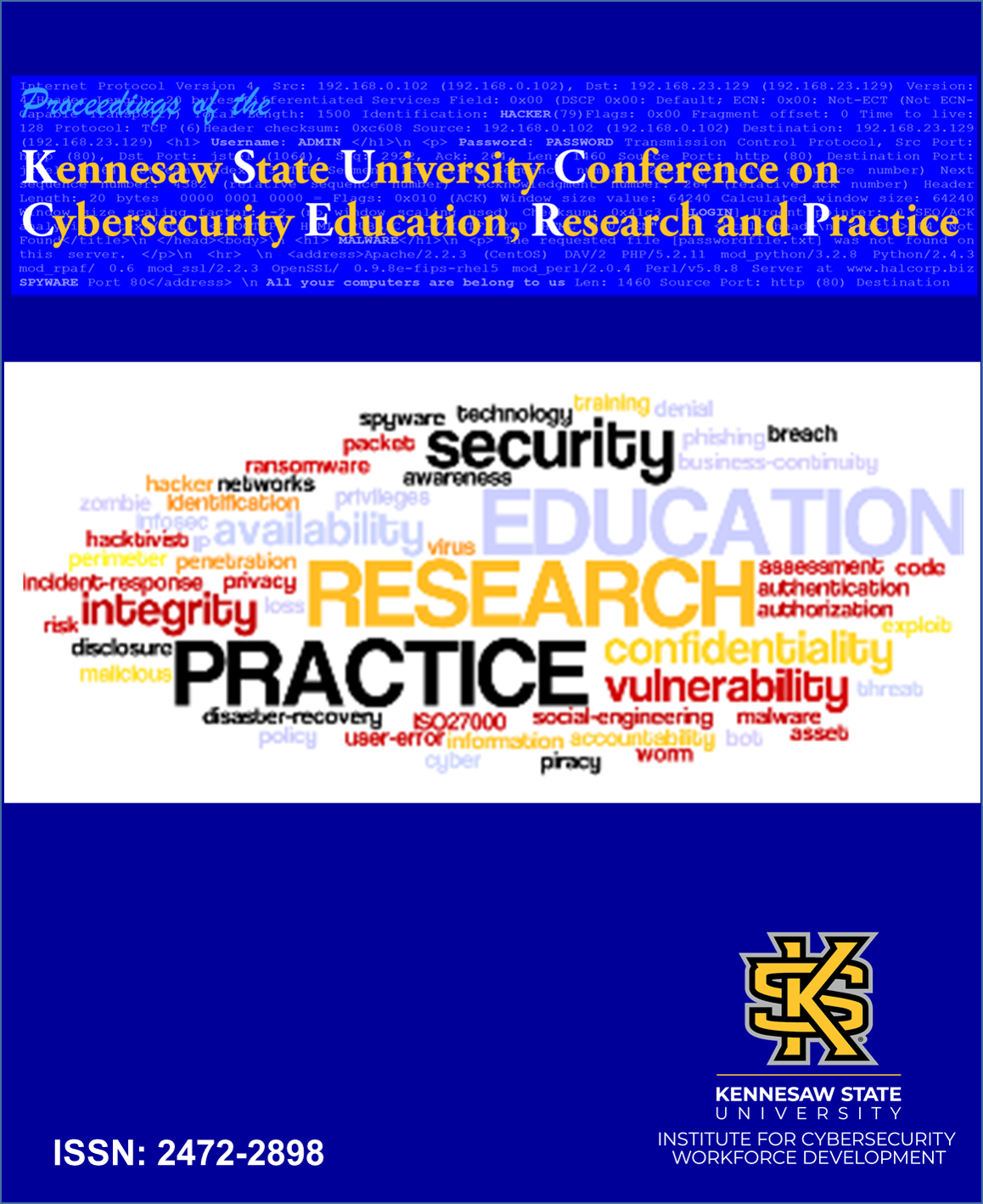Start Date
23-10-2020 1:00 PM
End Date
23-10-2020 1:30 PM
Location
Zoom Session 1 (Main Papers Track)
Abstract
Cyber attacks threaten the security of distribution power grids, such as smart grids. The emerging renewable energy sources such as photovoltaics (PVs) with power electronics controllers introduce new potential vulnerabilities. Based on the electric waveform data measured by waveform sensors in the smart grids, we propose a novel cyber attack detection and identification approach. Firstly, we analyze the cyber attack impacts (including cyber attacks on the solar inverter causing unusual harmonics) on electric waveforms in distribution power grids. Then, we propose a novel deep learning based mechanism including attack detection and attack diagnosis. By leveraging the electric waveform sensor data structure, our approach does not need the training stage for both detection and the root cause diagnosis, which is needed for machine learning/deep learning-based methods. For comparison, we have evaluated classic data-driven methods, including -nearest neighbor (KNN), decision tree (DT), support vector machine (SVM), artificial neural network (ANN), and convolutional neural network (CNN). Comparison results verify the performance of the proposed method for detection and diagnosis of various cyber attacks on PV systems.
Included in
Electrical and Electronics Commons, Information Security Commons, Power and Energy Commons, Signal Processing Commons
Cybersecurity Strategy against Cyber Attacks towards Smart Grids with PVs
Zoom Session 1 (Main Papers Track)
Cyber attacks threaten the security of distribution power grids, such as smart grids. The emerging renewable energy sources such as photovoltaics (PVs) with power electronics controllers introduce new potential vulnerabilities. Based on the electric waveform data measured by waveform sensors in the smart grids, we propose a novel cyber attack detection and identification approach. Firstly, we analyze the cyber attack impacts (including cyber attacks on the solar inverter causing unusual harmonics) on electric waveforms in distribution power grids. Then, we propose a novel deep learning based mechanism including attack detection and attack diagnosis. By leveraging the electric waveform sensor data structure, our approach does not need the training stage for both detection and the root cause diagnosis, which is needed for machine learning/deep learning-based methods. For comparison, we have evaluated classic data-driven methods, including -nearest neighbor (KNN), decision tree (DT), support vector machine (SVM), artificial neural network (ANN), and convolutional neural network (CNN). Comparison results verify the performance of the proposed method for detection and diagnosis of various cyber attacks on PV systems.



Comments
key words:
Attack diagnosis, smart grids, data integrity attack, machine learning, deep learning